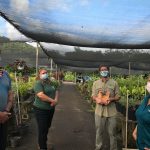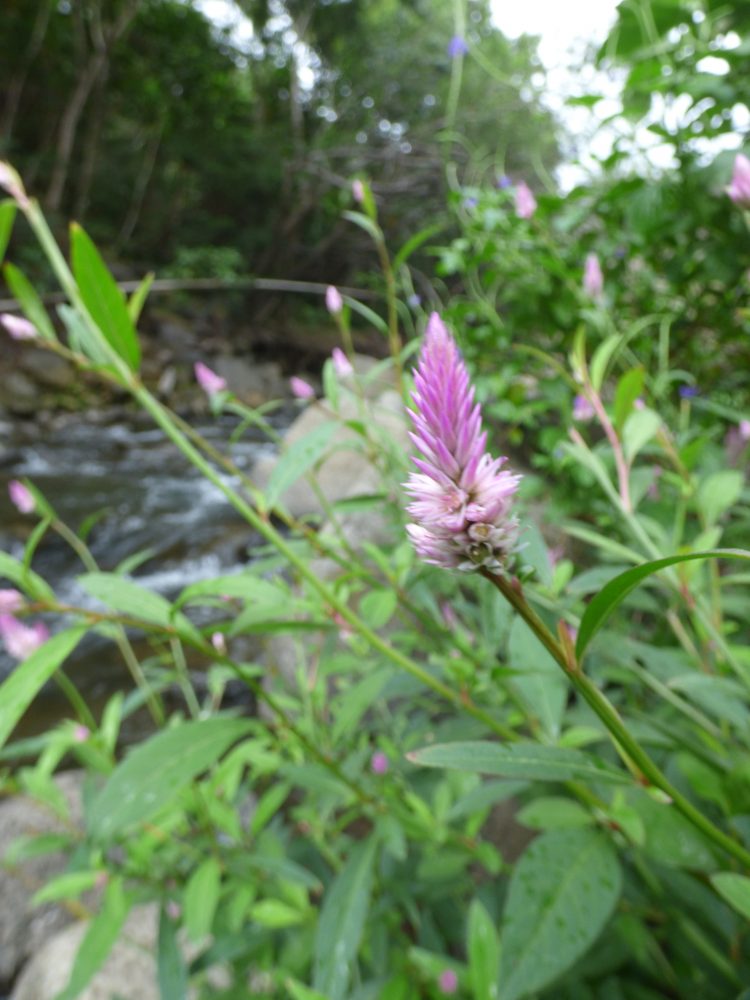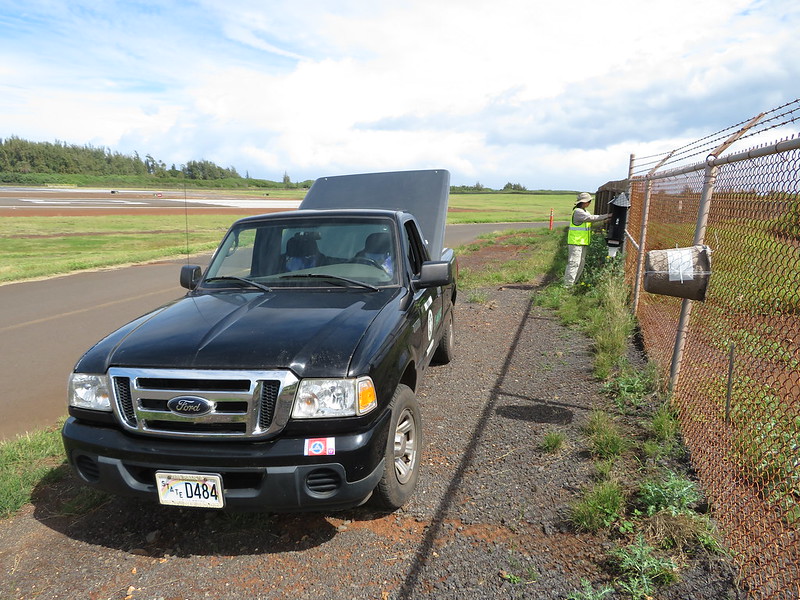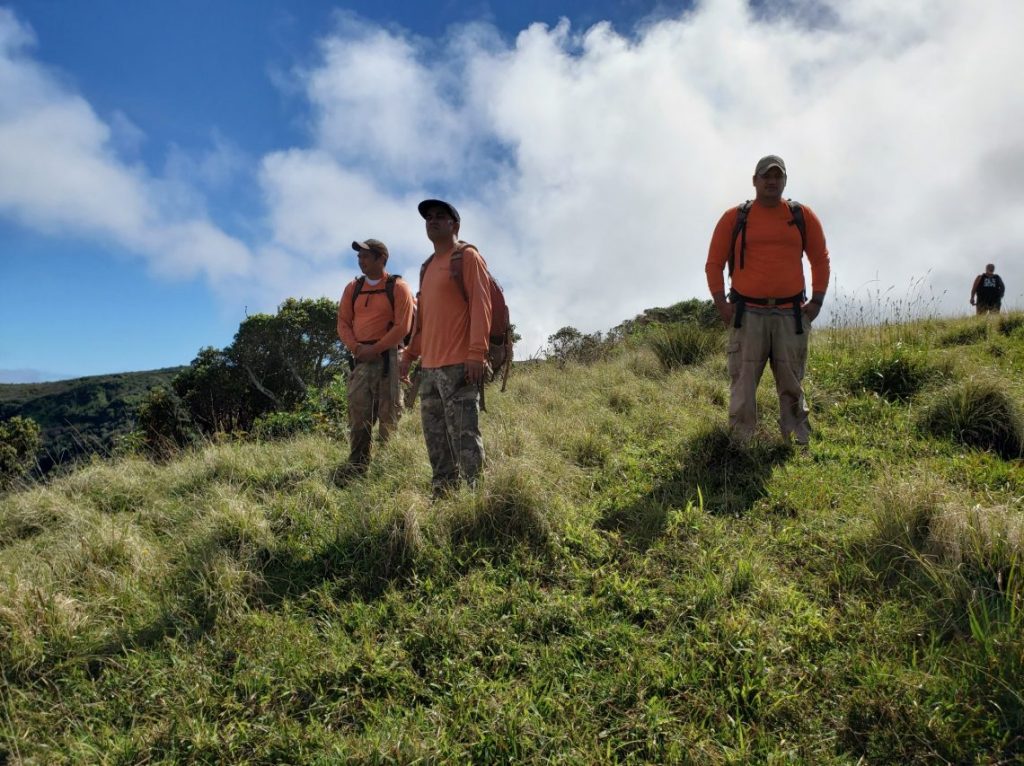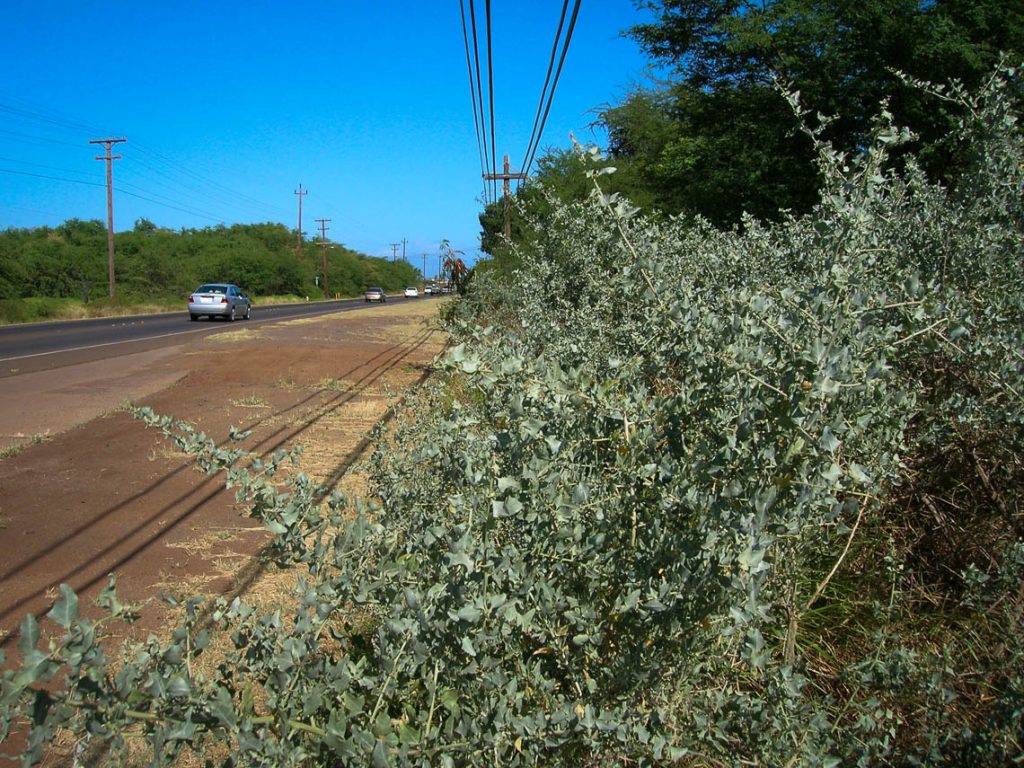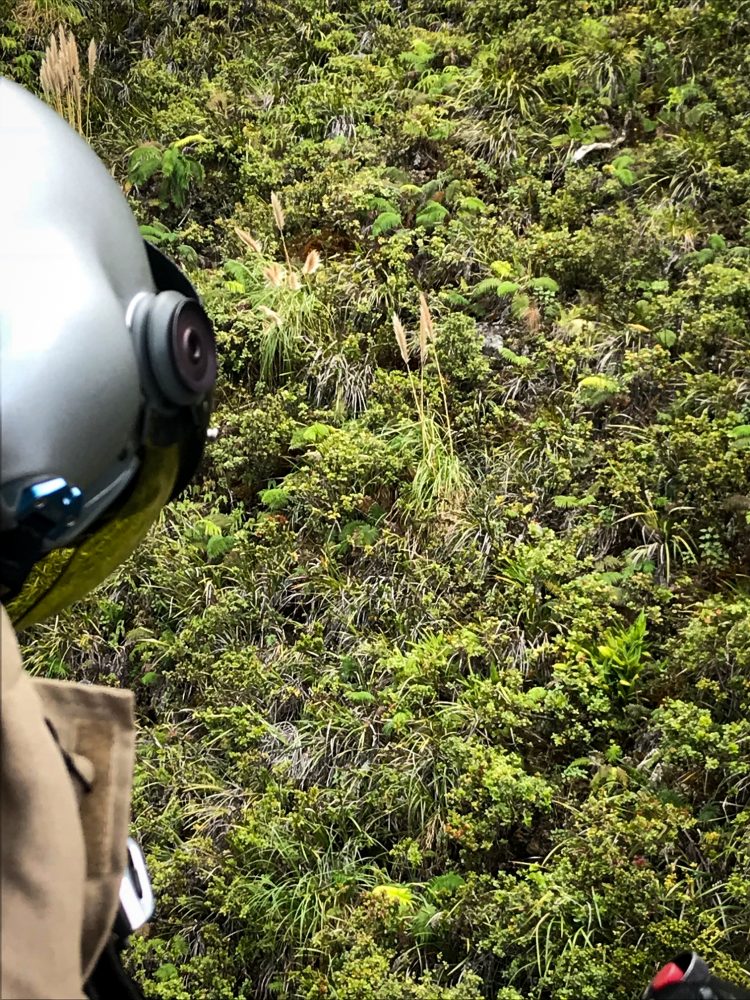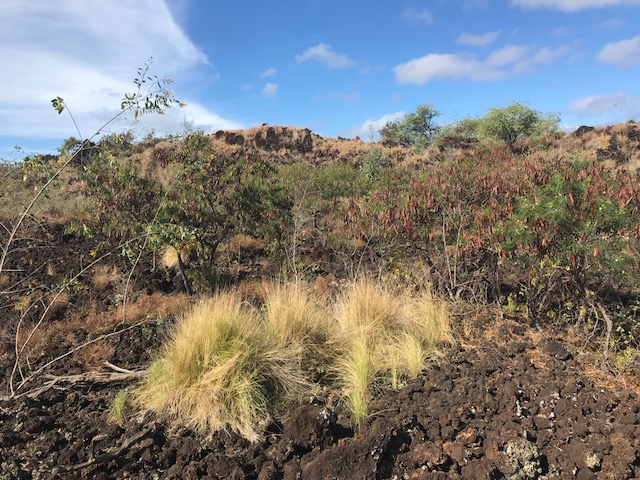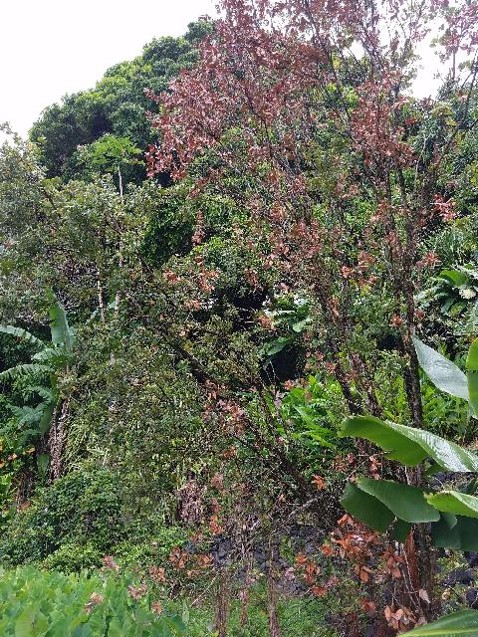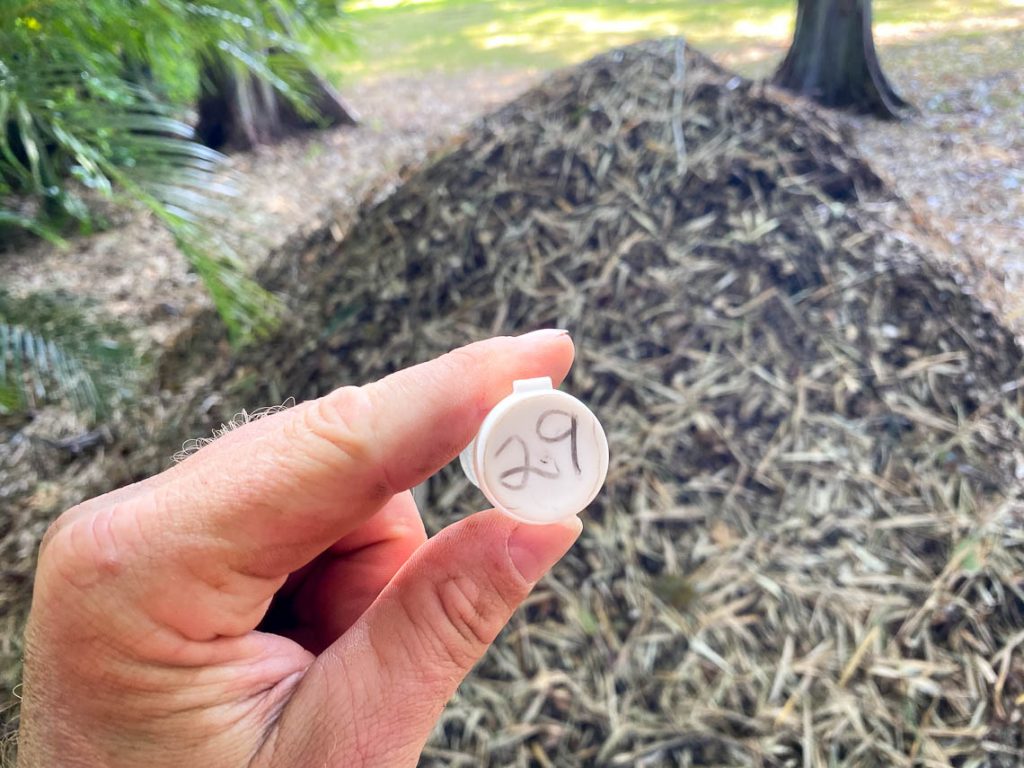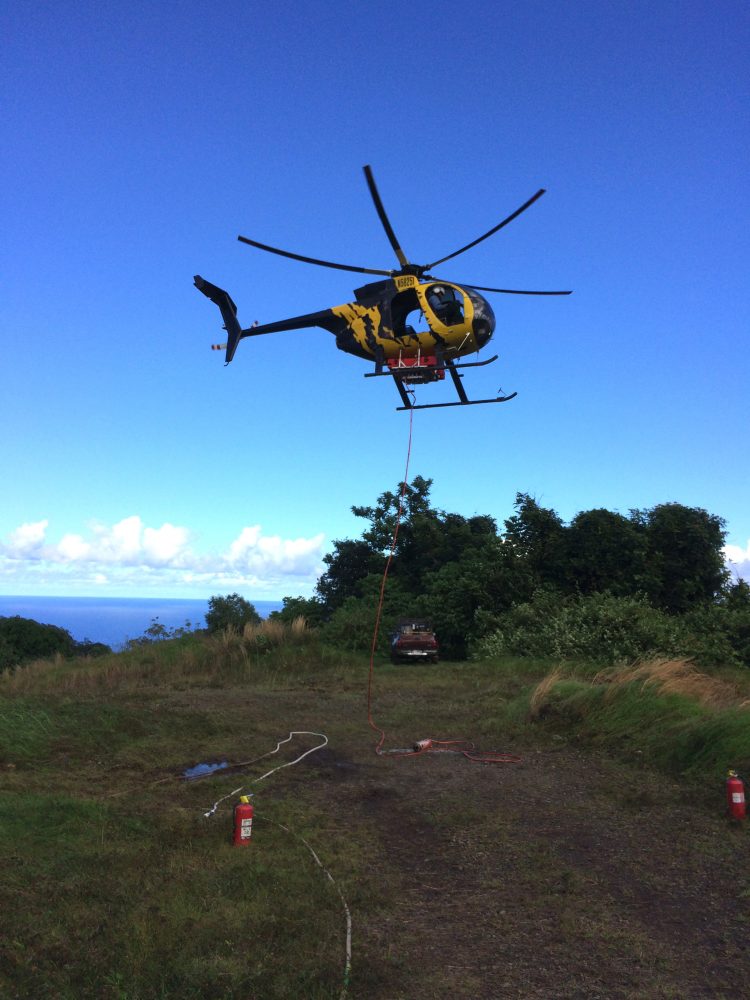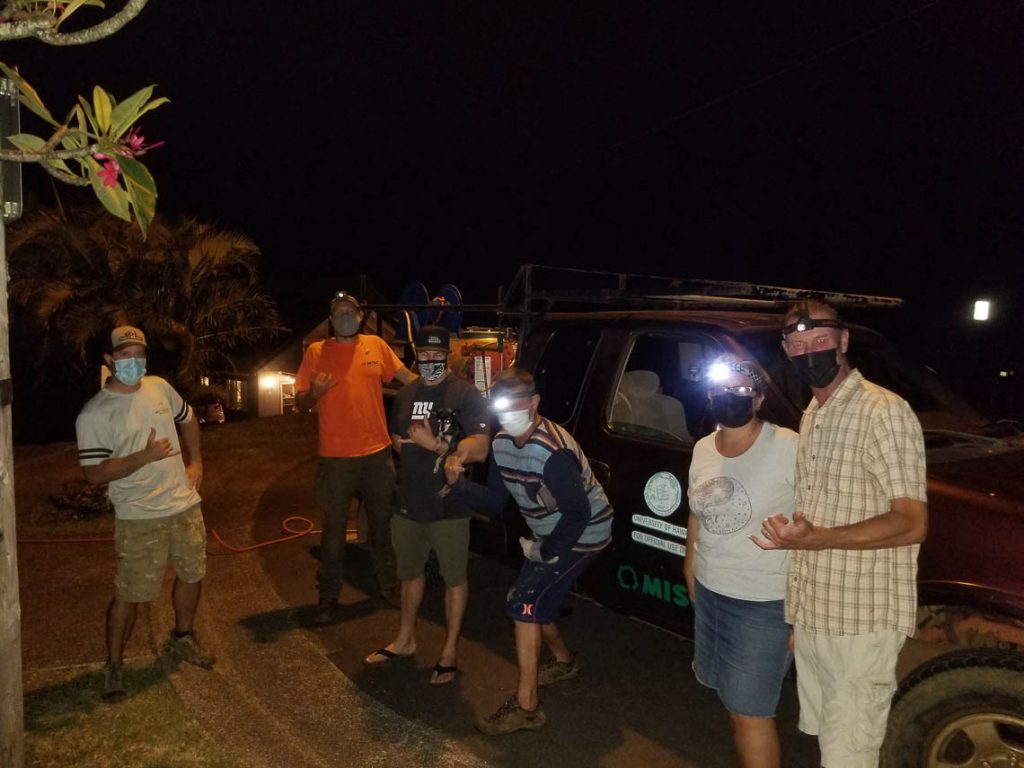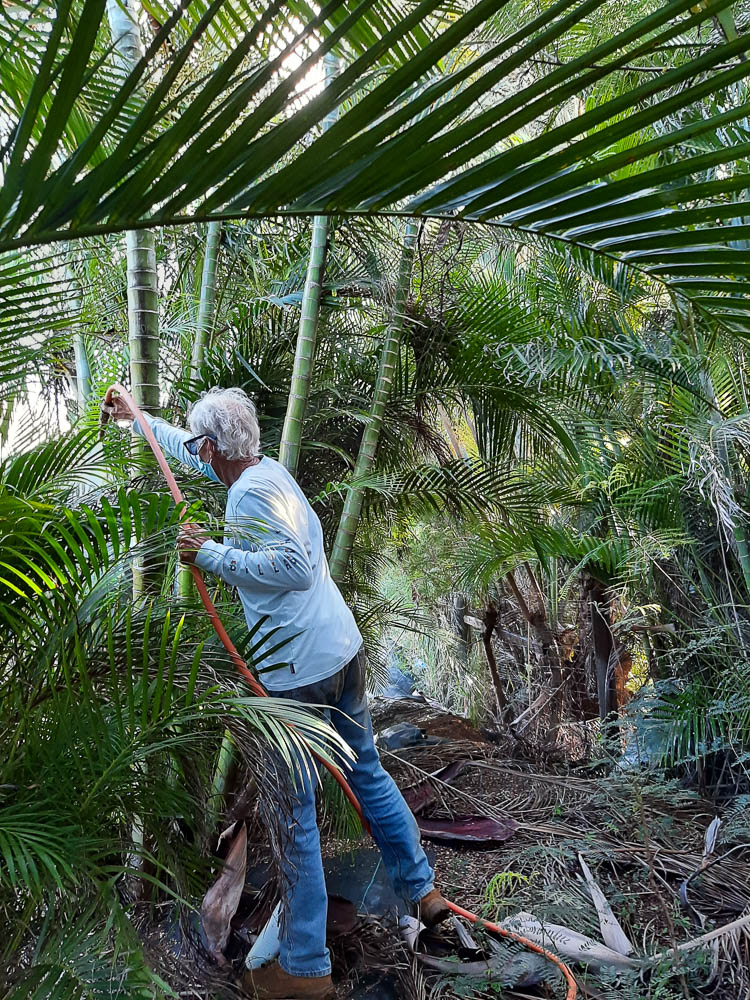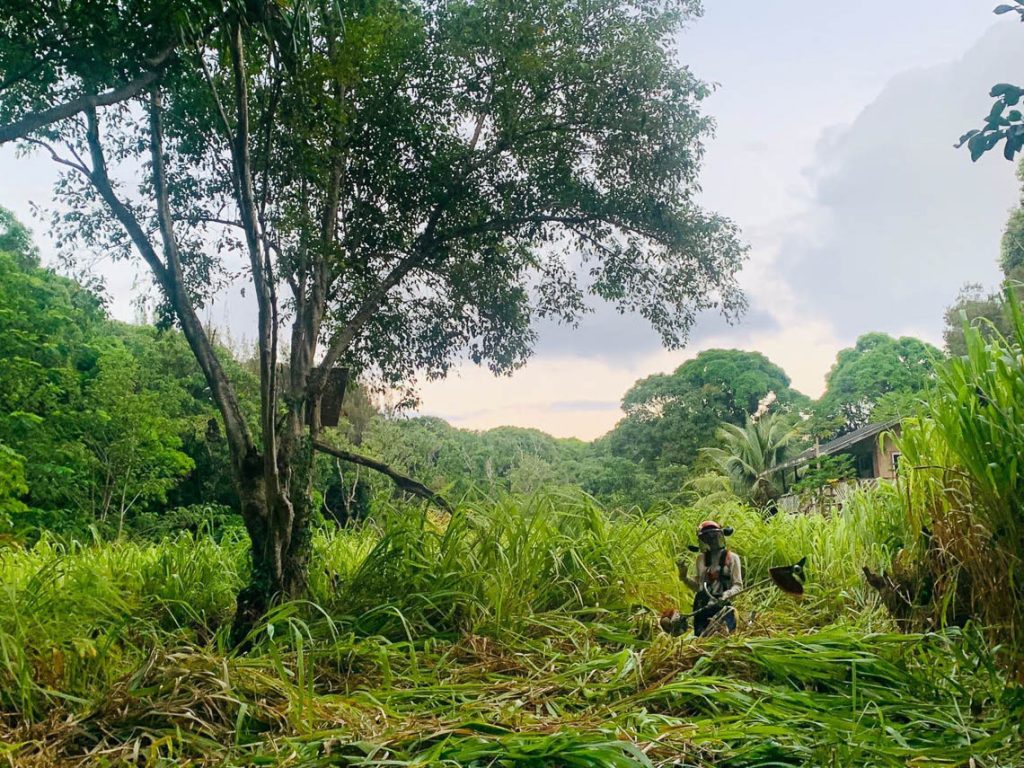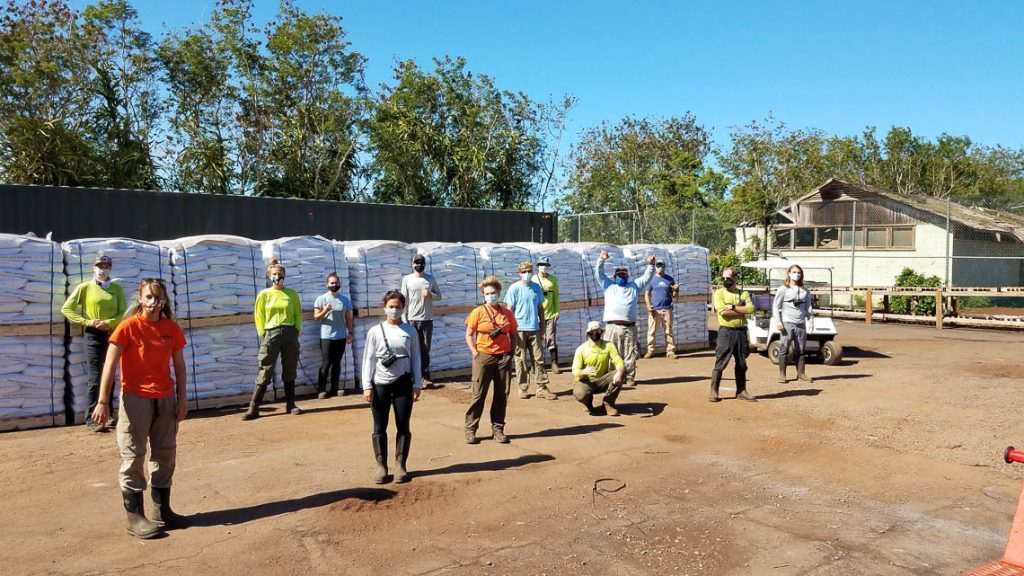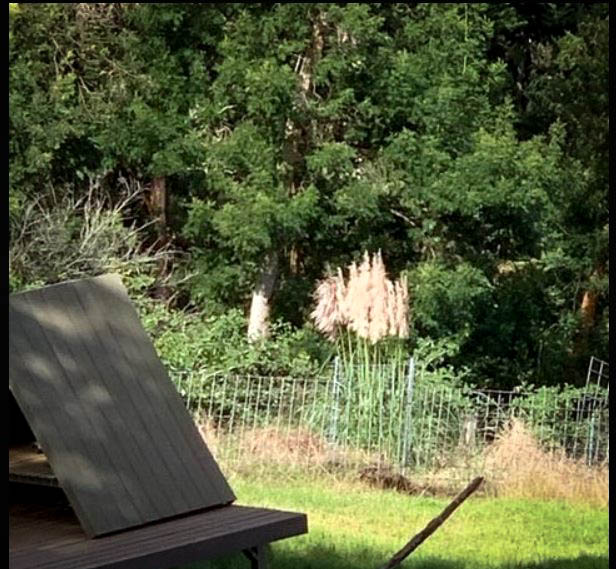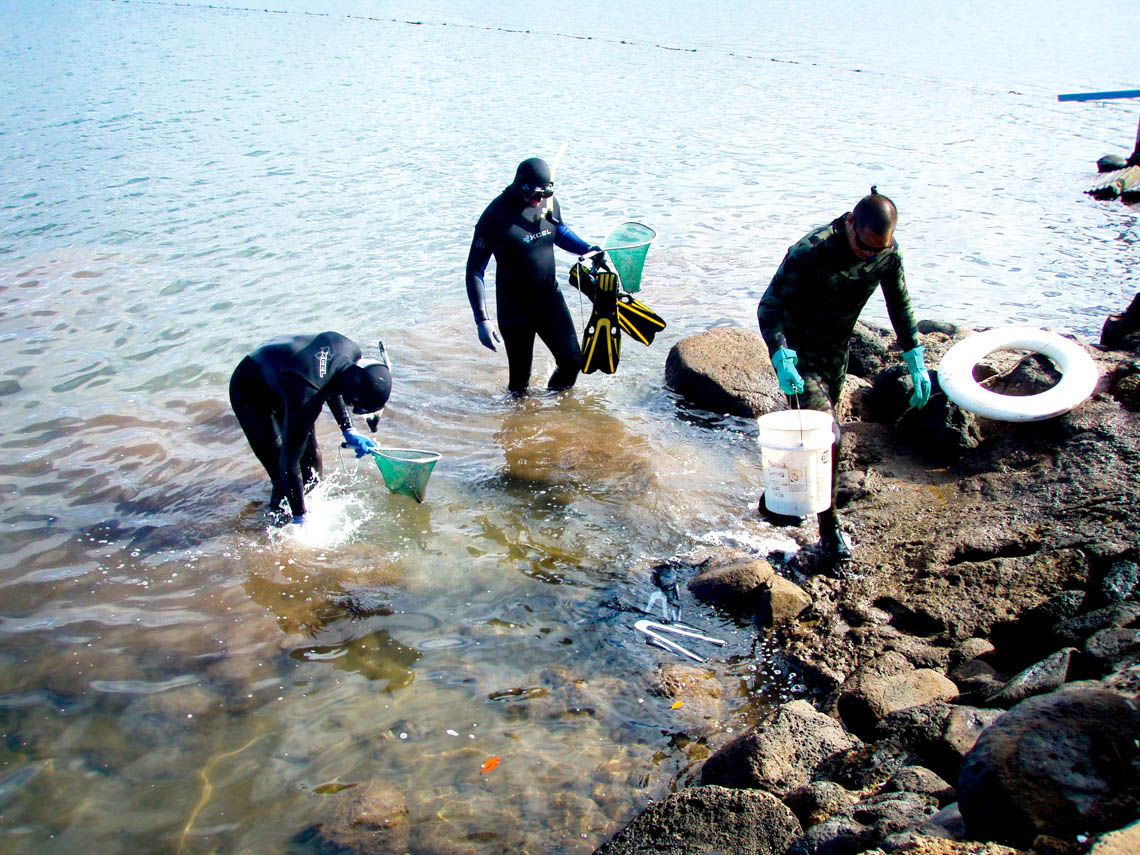Reaching out while staying physically distant has diversified MISC’s outreach methods and it hasn’t always meant more technology. In late September, MISC received a report of suspect ants; quick identifications and follow-up surveys confirmed our fears. Once we identified them as little fire ants, we needed to alert the community. Because Covid-19 prohibited community gatherings, MISC sent mailers throughout Ha‘ikū to alert neighbors to the new detection and to ask residents to collect ants from their yards. Over the next six weeks, nearly 40 residents mailed in samples – none of which turned out to be little fire ants. The community samples helped assure us that the new infestation covers a small area. The Kaupakalua report is not the first time that community reports have helped find and stop an LFA infestation– citizens have detected 11 of the 17 known populations on Maui.
Little fire ants are beyond control on Hawaiʻi Island which means the likelihood of new incursions remains a perpetual threat. The Invasive Species Committees (ISCs) throughout the state collaborate on an annual little fire ant awareness campaign, Stop the Ant Month. Through public service announcements, social media posts, and online interviews, the ISCs collaborated to encourage the public to help stop the spread of invasive ants. As long as infestations are found early before they have a chance to spread, we can keep little fire ants at bay. Learn more about LFA and collect samples from your yard. Visit: stoptheant.org.

All presentations, workshops, and volunteer activities offered by outreach staff this quarter were virtual. In October, the Maui Mauka Conservation Awareness Training program offered two workshops. Featured guest speakers were Jenni Learned with the Maui Nui Seabird Recovery Project, who discussed seabird threats and protection efforts, and Keahi Bustamente with the Department of Land and Natural Resources presenting on native snails of Hawaiʻi and Maui.
Ha‘ikū nurseryman Mark Blietz, the owner of Northshore Tropicals, received this year’s Mālama i ka ʻĀina award, which is jointly sponsored by the County of Maui, the Maui Association of Landscape Professionals, and MISC. Blietz is a well-known nursery owner who has led by example throughout his career, both in the landscaping community and throughout Maui. He and his family have been in the nursery business for over 30 years and throughout that time, he has been active locally in the Maui Orchid Society and nationally as a judge in the American Orchid Society. Blietz has been proactive in dealing with invasive species and urges others to do the same. When the stinging nettle caterpillar arrived in Maui in 2008, he started controlling it around his nursery himself to keep from spreading it – he continues to control invasive species, currently working to keep coqui and ivy gourd out of his nursery. Historically, the award is presented at the Arbor Day Maui Garden Expo, but due to the pandemic, the ceremony took place at his Ha‘ikū nursery. MISC filmed the event, which included presenting Blietz with a glass sculpture of an ʻiliahi (Hawaiian sandalwood) created by Jupiter Nielsen. You can view the presentation on MISC’s YouTube Channel here: https://youtu.be/uE-ffSzW1e0
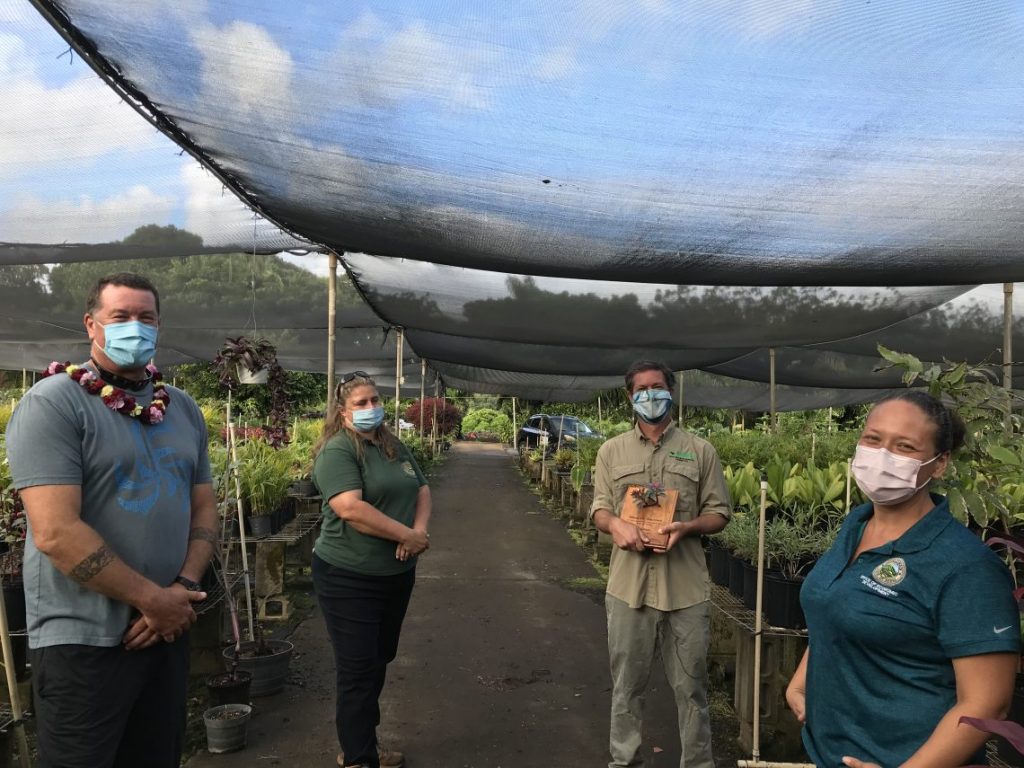
Through the Kiaʻi Moku column in the Maui News, MISC covered the following topics: different ant species such as the trap-jaw ant, red-imported fire ant, and little fire ant; research findings about efforts to address rapid ʻōhiʻa death; and the importance of dark skies to protect young seabirds from predators during the fledging season. Other media mentions referred to press releases about the new little fire ant infestation in Haʻikū and the community coqui control program. MISC’s LFA coordinator Brooke Mahnken and PR specialist Lissa Strohecker were interviewed by Catherine Cruz for Hawaiʻi Public Radio’s “The Conversation.” The discussion highlighted MISC’s efforts to treat the little fire ant infestation in Nāhiku by helicopter.
Through websites and social media outlets, MISC reached an estimated 31,844 people during October, November, and December. Stop the Ant Month activities and efforts to expand MISC’s following on social media helped drive strong online engagement with the public. Staff also increased efforts to connect through e-mail lists and social media. To stay up to date about MISC activities, sign up for our newsletter or follow us on Facebook and Instagram.
In November, MISC welcomed Serena Fukushima as MISC’s new public relations and education specialist. Born and raised on the island of Oʻahu, Serena moved to Maui in 2012. She helped support Haleakalā National Park’s internship program and then worked as the Nā Hua Ho‘ohuli i ka Pono internship program manager. Lissa Strohecker will be collaborating with Serena on MISC outreach projects over the next several months.
MISC will be offering virtual classroom presentations based on the Hōʻike o Haleakalā curriculum. If you are interested in having MISC as a guest speaker for your class, contact us at miscpr@hawaii.edu



